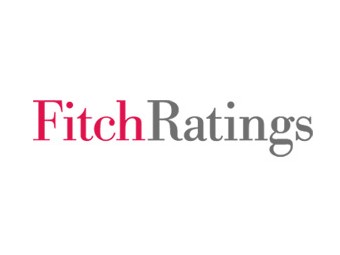Two new Treasury Department mortgage regulations designed to reduce lender risk will make it impossible for 60 percent of the mortgages being approved today to be approved in seven years. The impact will be greater for mortgages used to buy homes rather than refinance and in the states where prices have been most volatile.
The two rules which are being finalized the year, the Qualified Mortgage rule (QM) and the Qualified Residential Mortgage rule (QM), reduce risk for lenders but place new burdens on borrowers. The QM rule codifies tighter higher underwriting standards that lenders have implemented since 2006 that deny loans to borrowers who cannot demonstrate their ability to repay. The QRM rule encourages borrowers to make down payments greater than the current average in order to avoid risk retention requirements that amount to significantly higher interest rates.
However, the full impact of the rules won’t be felt for years. The QM rule finalized last month allows loans that meet GSE and FHA underwriting guidelines-most of the mortgages originated today- to be excluded for up to seven years. When they do take full effect, the impact will be greatest in Southern and Western states where prices risen and fallen the most. Jumbo mortgages, which do not conform to GSE guideliens, will feel the effect as early as next year.
An analysis by CoreLogic economist Sam Khater found that only 52 percent of mortgages that conform to GSE and FHA standards will meet the QM rule’s eligibility requirements when the exclusion expires.
“By far the greatest impact is the debt-to-income threshold which removed 24 percent of all originations, said Khater. “The second largest category is low or no-documentations lending, which removed 16 percent. The remaining QM provisions only remove 8 percent of loans. ”
Assuming that the QRM rule, which is not yet finalized, will Impose 10 percent down payments (the national median is currently 9 percent), then the combined impact of the QRM and QM rules will be to remove 60 percent of loans, Khater wrote, leaving just 40 percent of the market “QM and QRM eligible.
“While QM and ARM remove 60 percent of loans, they remove more than 90 percent of the risk,” Khater concluded.
However, the short-to-medium impact will he small and ironically the QM rule actual will reinforce the role of the GSEs in the next seven years, due to the exclusion.
 RealEstateEconomyWatch.com Insight and Intelligence on Residential Real Estate
RealEstateEconomyWatch.com Insight and Intelligence on Residential Real Estate

